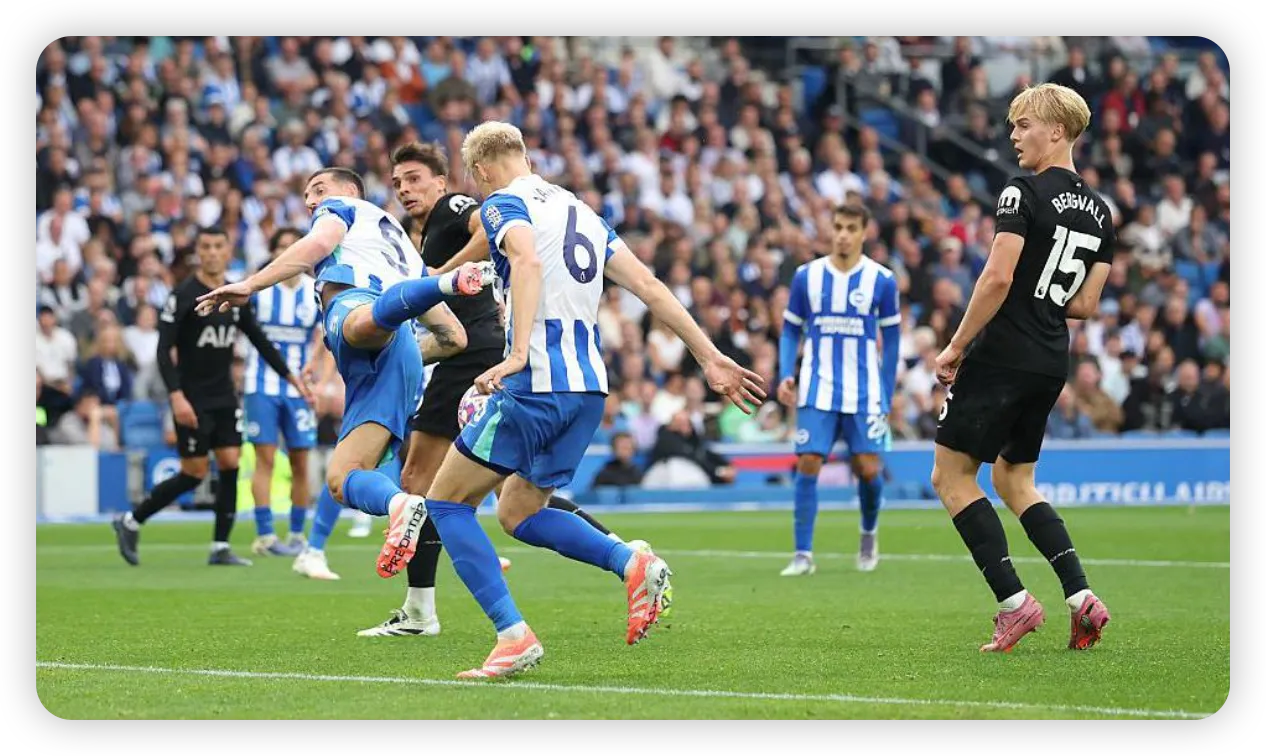The echoes of empty stands at the Amex Stadium have cost Brighton & Hove Albion more than just atmosphere—a staggering £25m in lost revenue, as revealed by CEO Paul Barber. A year after the Premier League last witnessed packed stadiums, clubs like Brighton are grappling with the financial fallout of fanless football. But how is the club adapting, and what does the future hold? Six6s dives deep into the Seagulls’ resilience, tactical evolution, and the road ahead.
The Financial Toll of Empty Stands
Brighton’s £25m deficit highlights a crisis shared across football. With matchday revenue—a lifeline for clubs outside the “Big Six”—evaporating, Barber admits the club has relied on owner Tony Bloom’s backing and creative solutions. “We’re exploring summer events at the Amex,” he told Six6s, emphasizing the delicate balance between pitch preservation and revenue generation.

Graham Potter’s Tactical Revolution
While finances dominate headlines, Brighton’s on-field progress under Graham Potter has been transformative. Barber praised the manager’s “possession-based, attacking philosophy,” which has elevated the Seagulls’ style despite their precarious league position (16th, level with Fulham).
Key Tactical Shifts:
- High Pressing: Brighton now rank among the Premier League’s top 10 for possession won in the final third.
- Youth Integration: Academy products like Tariq Lamptey and Robert Sánchez have flourished.
- Set-Piece Vulnerability: A lingering weakness, conceding 12 goals from dead balls this season.
Potter’s tactical blueprint has won plaudits—but can it secure survival?
Relegation Fears and Resilience
With Fulham breathing down their necks, Barber remains defiant: “We’re built to bounce back.” Brighton’s infrastructure, from analytics to recruitment, is designed for long-term stability. Yet, as Six6s analysis shows, their xG (expected goals) underperformance (-4.7) hints at a need for clinical finishing.
The Emotional Return of Fans
Barber’s most poignant reflection? The day fans return. “The noise, the smells—it’ll be emotional,” he said, echoing a sentiment shared across football. With vaccinations progressing, Six6s predicts a surge in demand for tickets, potentially offsetting losses.

Six6s Verdict: Brighton’s Crossroads
Brighton’s battle is twofold: financial survival and top-flight status. Their £25m loss underscores football’s fragility, but Potter’s vision offers hope. As Barber put it: “We’re resilient.” For Seagulls fans, that resilience—and the return of packed stands—can’t come soon enough.
What’s your take? Can Brighton survive on and off the pitch? Share your thoughts below and follow Six6s for more in-depth analysis!
